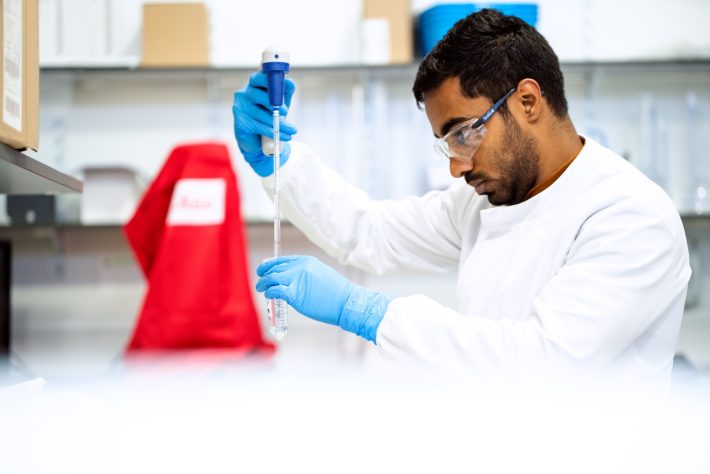Who We Are:
SunStatehemp.com process technology is the most innovative extraction company active today in the extraction of oil for the processing of pure CBD. Sun State Hemp is committed to offering the fastest, safest, and most economical extraction process for CBD and THC oils.
Our Process technology has its roots in fragrance and flavor production in Europe. Our technology has been used to extract over 150 different herbs. The consistency has been proven over a couple of decades.
OUR PROMISE: The highest standard:
We are perfectionists. You can expect that each True Extracts terpene is crafted to the highest standard.
Sun State Hemp’s technical team is committed to providing exceptional service and our customers with the highest quality CBD products. We pride ourselves on creating consistent, pure, compliant hemp extracts and producing the best yields possible.

Much of this comes down to our hemp extraction process. Proper hemp processing differentiates an okay product from an amazing one. And it would help if you never settled for anything less than the highest-quality hemp seed oil and more regarding your wellness routine.
We hold ourselves to the highest standards of excellence and transparency and have optimized every step of our hemp extraction process to ensure you’re receiving the best product possible. We practice in-house and certified third-party testing throughout the industrial hemp extraction process to ensure compliance and purity.
Sun State Hemp Extraction Process:
Terpenes
Due to our exceptional performance in extracting terpenes, we have created our process to deliver the highest concentration of terpenes. Our extraction process employs a low-pressure, room temperature, non-polar fluorocarbon solvent allowing us to capture every potential terpene along with elements and ketones, all suspended in the natural oils from the hemp flowers.
What is unique here is that the extracted terpene profile repeats the exact flower terpene profile in approximately 30 times greater concentration. The additional two terpene profiles detected in the oil that are below the detection threshold in the flower and are detected in the extract after it had been concentrated. As the extraction is carried out at room temperature, there is no destruction of existing terpenes or new byproducts created in the process. That means that the experience of using the flower in any delivery form – either vape, supplement, or topical – will be directly comparable to that of the plant itself, maintaining the terpene, enzymatic and mineral content intact.
Live Resins
The live resin is the most unaltered form of cannabis oil. All constituents are extracted as they occur in the plant at room temperature, and all terpenes are collected without degradation caused by the processing. Typical uses include internal intake as a medicinal supplement and vaping. A concentrate is activated full spectrum oil with a concentration of around 70-80% used in the preparation of supplements.
Process
Our extraction process is continuously washing the material with fresh solvent. During that time, the material was agitating, and the solvent mixture was monitored for extracted plant matter. We process The material fed by vacuum to the extractor and offloaded by vacuum, which makes the loading and unloading process continuous, fully automated, and dust free. The system is built according to pharma rules, with two sections allocated according to the process layout considering a clean room installation.
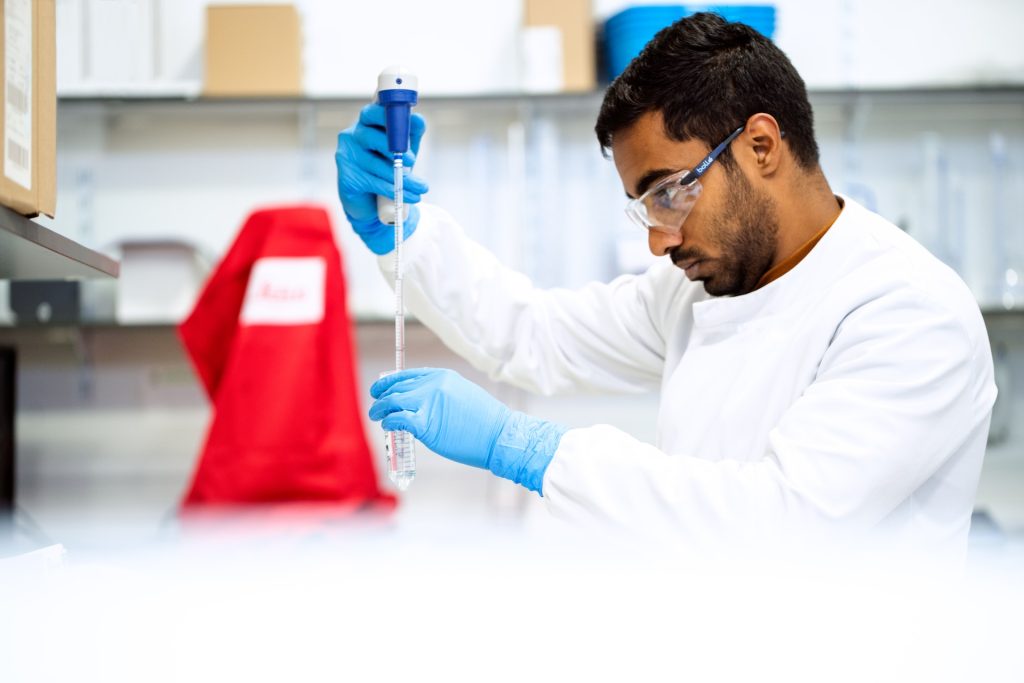
Cannabis oils, also called terpenes, are derived from the cannabis plant (Cannabis Sativa).
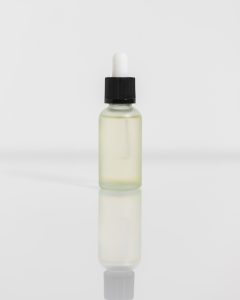
The terpenes in marijuana have given the plant an enduring evolutionary advantage: terpenes are the natural hormones of the plant. During the plant’s vegetation, the terpenes change from repelling insects and animal grazers, preventing fungus, and attracting pollinators from male plant pollination. That is why, when used in proper combinations, terpenes can elevate human emotions as well as modulate the performance of cannabinoids.
There are over 3,000 terpenes in the world, 400 of which have been found in cannabis. In addition, 70 of these terpenes are identified as cannabinoids, but only a few of these odoriferous oily substances appear in amounts substantial enough to be ‘nose-worthy.’
It grows wild in tropical and modest temperate areas worldwide; it can be cultivated in almost any climate. Two main species may be recognized: Cannabis Sativa, a low-tetrahydrocannabinol (THC) subspecies of cannabis native to Central and Eastern Europe, and cannabis Indica, which produces large amounts of THC.
Higher concentrations of THC provide euphoric and intoxicating effects, making it popular for use both as a recreational and medicinal drug. The Indica strain comes from the Hindu-Kush Mountain range, where it was originally discovered. Because of those parts’ often harsh and variable climate (extremely cold winters and warm summers), Indica is well suited for cultivating in temperate climates.

The ‘entourage effect
The phrase ‘entourage effect’ refers to how multiple endogenous chemical species display a cooperative effect in eliciting a cellular response. The term has evolved to describe the polypharmacy effects of combined cannabis phytochemicals or whole plant extracts. It now commonly refers to the compounds present in cannabis supposedly working in concert to create ‘the sum of all the parts that leads to the magic or power of cannabis.
More than 75 known cannabinoids are present in the cannabis plant, each of which performs specific functions in stimulating certain cells. For example, CBD stimulates collagen; CBG stimulates the stem cells; THCV stimulates the peripheral nervous system, and THC stimulates the central nervous system. In addition, other cannabinoids, terpenoids, and flavonoids may contribute to the entourage effect, which is considered a possible cannabinoid system modulator and contributes to pain management.
Consider the role of terpenes, for example. Terpenes are volatile aromatic molecules that evaporate quickly and readily announce themselves to the nose. The predominant terpenes determine marijuana’s captivating fragrance and particular psychoactive flavor in a strain.
The terpenes in marijuana have given the plant an enduring evolutionary advantage: terpenes are the natural hormones of the plant. During the plant’s vegetation, the terpenes change from repelling insects and animal grazers, preventing fungus, and attracting pollinators from male plant pollination. That is why, when used in proper combinations, terpenes can elevate human emotions as well as modulate the performance of cannabinoids.
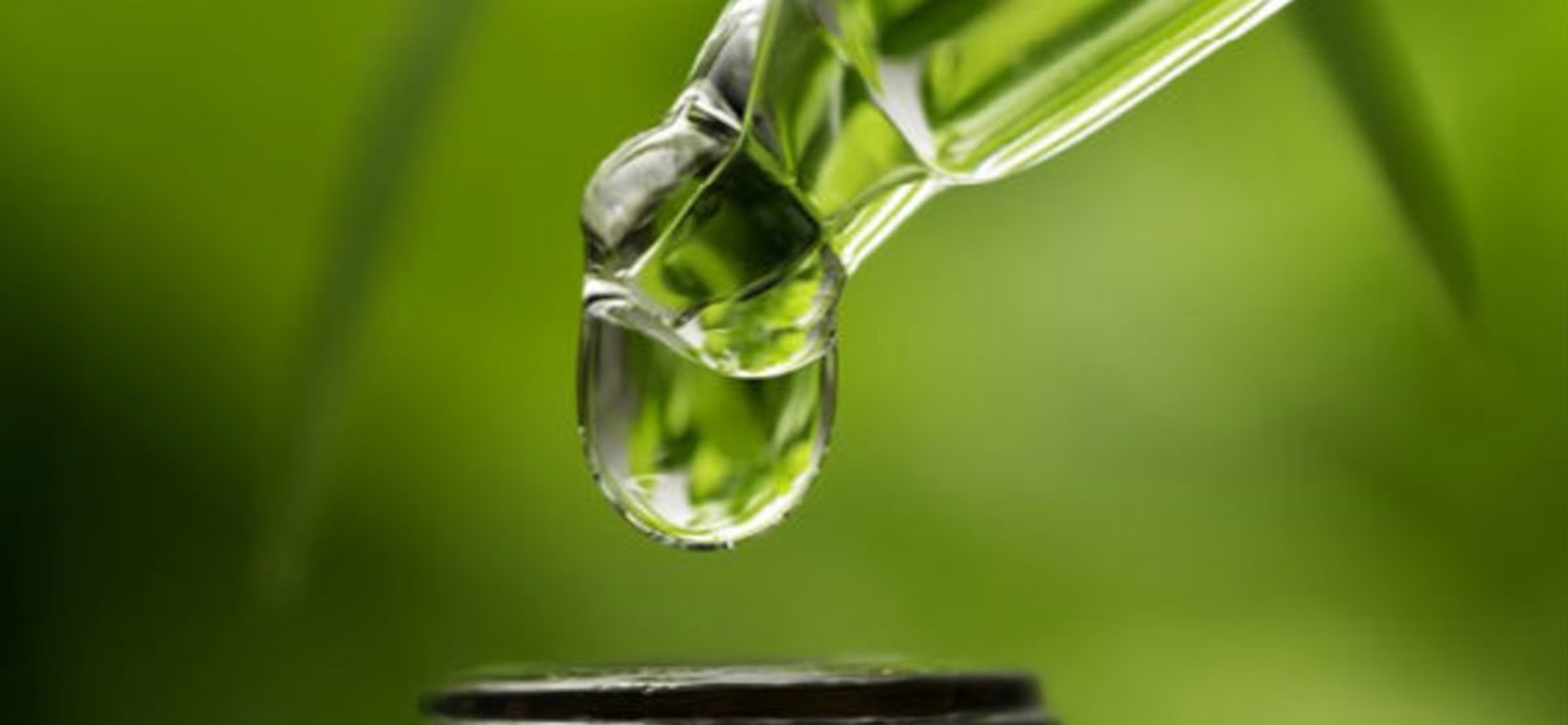
Extracting the oils
Various extraction methods used to concentrate and target molecules from plants have been around for centuries. Cannabis extraction processes have adapted different techniques in today’s agriculture, biopharma and petrochemical industries. There are a few most commonly used extraction methods in creating cannabis crude oil: CO2, hydrocarbon, and ethanol. Each method has its pros and cons, as outlined in detail below.
CO2 extraction
One of the most popular methods of cannabis extraction is through the use of CO2 as a solvent. This method takes advantage of the supercritical properties of CO2 gas to strip materials from botanical substances. Various industries had used this extraction method before it was applied to cannabis, including in producing perfumes and essential oils – although cannabinoids have a different molecular structure to crucial oils, they cannot be extracted together.
That is why extracting the cannabis oils with CO2 is done by running supercritical extraction and the terpenes by running subcritical extraction, which makes the process quite long. CO2 is a low-density gas and needs to be pressurized to about 600 atmospheres to become a solvent for those thicker oils. That is why, due to the process architecture, scaling the CO2 system and operation is an expensive process. Using CO2 requires post-extraction lipid and wax separation by use of a lipophilic solvent such as ethanol which adds additional cost and time to the process.
Hydrocarbon extraction
Hydrocarbon extraction uses a hydrocarbon, such as butane or propane, as a solvent. The hydrocarbon is washed over the plant matter to break it down before concentrating a targeted molecule and removing it from the biomass. Hydrocarbon extraction has become popular due to its efficiency in the areas where CO2 falls short. It has a higher yield rate, preserves different terpenes than other methods, and the equipment is affordable. However, the solvent boiling point is still high enough to require vacuum purging and remediation.
Overall, this extraction method is preferable, but it also comes with its drawbacks. Chemicals like butane are volatile gases with a high potential for combustion and flammability, resulting in zoning and storage limitation laws for safety purposes. Consequently, this creates limitations on scalability for operations looking to expand. If a manufacturer is looking to scale, hydrocarbon extraction is not advised. De-waxing during hydrocarbon extraction is an issue. Secondary solvent dewax will need to be performed to remove any stray lipids that made their way into the oil during extraction.
Ethanol extraction
Ethanol is now the preferred method for most hemp extractors because it is simple and scalable. The real advantage of this method is its ability to effectively scale up within manufacturing operations, especially after the extraction has been done with cold ethanol below -40°C. Winterization uses ethanol and sub-zero temperatures to separate unwanted fats and waxes from the oil: that is why the oil extracted this way is with almost no fats and lipids and looks like post-winterized crude. The major disadvantage of ethanol is that it denatures the oil.
Another disadvantage of ethanol is the high boiling point of around 80°C. This means that to be separated from the extract. The temperature may exceed 100°C, the boiling temperature of water; so, as a result, the separated solvent will be diluted in the plant’s residual moisture. The boiling point of the terpenes is 120°C to 180°C, which means that the ethanol-water solution will already be contaminated with terpenes and will need to be purified after each run to keep the consistency of the extracts same every time. This process brings a loss of the solvent at around 15% to 20% of the extractor volume at every run, which increases the operational cost of the extraction significantly, especially when in scale.
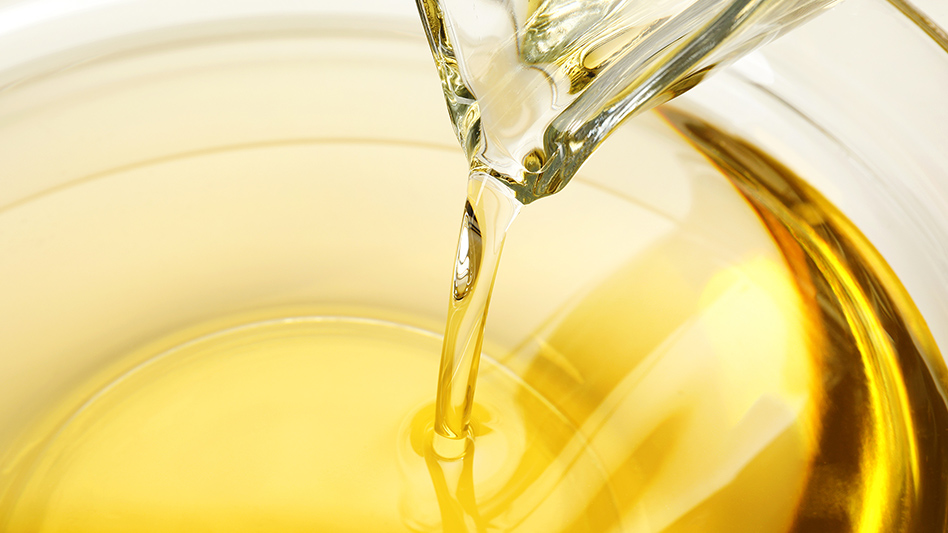
New trends
Almost all common extraction methods involve running processes at higher pressures and temperatures to allow the dense solvent to extract or at low temperatures to avoid drawing fats, lipids, and chlorophylls. That presents additional obstacles in decreasing yield, slowing the process, and increasing capital expenditure. We are hunting for a better option that will not require putting the solvent in extreme conditions to extract the target components. We will utilize alternative processes that can be performed at room temperature and preserve all plant values.
From what we have seen, all the popular methods used in cannabis extraction have advantages and disadvantages. The most common drawback of all the above methods is that they focus largely on the extraction of the cannabinoids, calling the cannabinoid mixture a full spectrum oil, and do not value the presence of terpenes. We intend to analyze all options and propose a simple, safe and repeatable process to deliver full-spectrum resin containing all medical values at the lowest cost.
Sun State Hemp Terpene wash
One other method of cannabis extraction is through the use of tetrafluoroethylene (TFE), as a solvent. Products extracted using this method are called post-winterized full spectrum oils; the level of the wax present in the extract right off the machine is usually less than 5% or even less than 2% in most cases. The process is very similar to CO2 extraction: both methods utilize gas for extraction and liquefy it when it is in contact with the material.
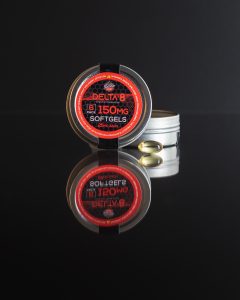
Sun State Hemp extraction process is performed at low pressure and room temperature to strip the natural oils from the raw cannabis products in a closed-loop system. The gas is slightly pressurized, then driven through the plant material and recovered in a separation tank, leaving the full spectrum oil behind. Sun State Hemp extraction process technology is safe for human health, nontoxic, FDA-approved, and qualified as GRAS (Generally Recognized As Safe) under FDA standards. It has also been approved for usage as a solvent in the EU by EC Directive 2009/32.
As a primary extraction method, it only draws out the terpenes and the heavier resins – in this case, the cannabinoids. This extraction technology is not new, it has already been applied to over 150 herbs before it was applied to the cannabis industry.
Extraction solvent in cannabis production is the preferred extraction method because it is simple, safe, and scalable.
Dual-solvent wash
Sun State Hemp process technology dual system overcomes the disadvantages of ethanol and CO2 extraction outlined above. In this case, the liquified gas non-polar solvent extracts all volatile substances and terpenes; and the polar solvent extracts all cannabinoids. As the residual water has been removed at the extraction stage and all terpenes, the cold ethanol is not contaminated with low-temperature volatile substances. When recovered in our closed-loop system, the loss is significantly less.
Knowing your solvent
Selectivity
When starting an extraction operation, one should consider each extraction method available as part of their overall operation and decide what is best for their operational expenditures. The foundation of extraction is knowing your solvent and what botanical components it will draw from the plant. That will answer how many post-processing activities you need to do and how much money will be spent on equipment and personnel.
The extraction artist needs to understand what each solvent will provide in terms of a consistent end product. There are a few clues on how to recognize the individual effects of each solvent: firstly, solvents may be distinguished by molecule polarity. The polar solvents have been shown to extract much wider regions of the plant botanicals. In contrast, the solvents with non-polar molecules will extract more volatile components, such as terpenes and cannabinoids.
Because polarity is a very wide topic and the solvent behavior is not consistent, changing depending on temperature, pressure, and purity, another way to determine a solvent’s properties is to compare the solvents by dielectric constant.
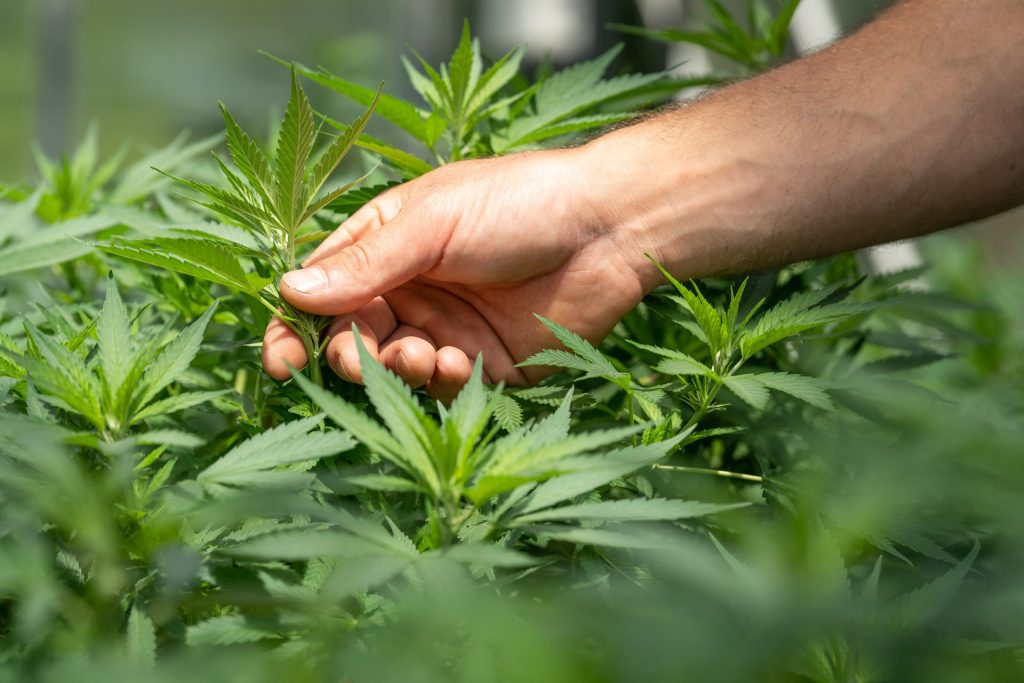
Neither steam nor CO2 is an efficient method for extraction of terpenes: Sun State Hemp extraction is the best way to preserve all the terpenes as they exist in the plant without additional post-processing and chemical treatment.
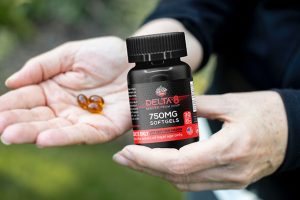
While CO2 and hydrocarbon extraction methods produce acceptable results in creating cannabis concentrates, the post-processing and filtration requirements during the dewaxing or winterization processes create issues for commercial producers when attempting to scale up their operations.

